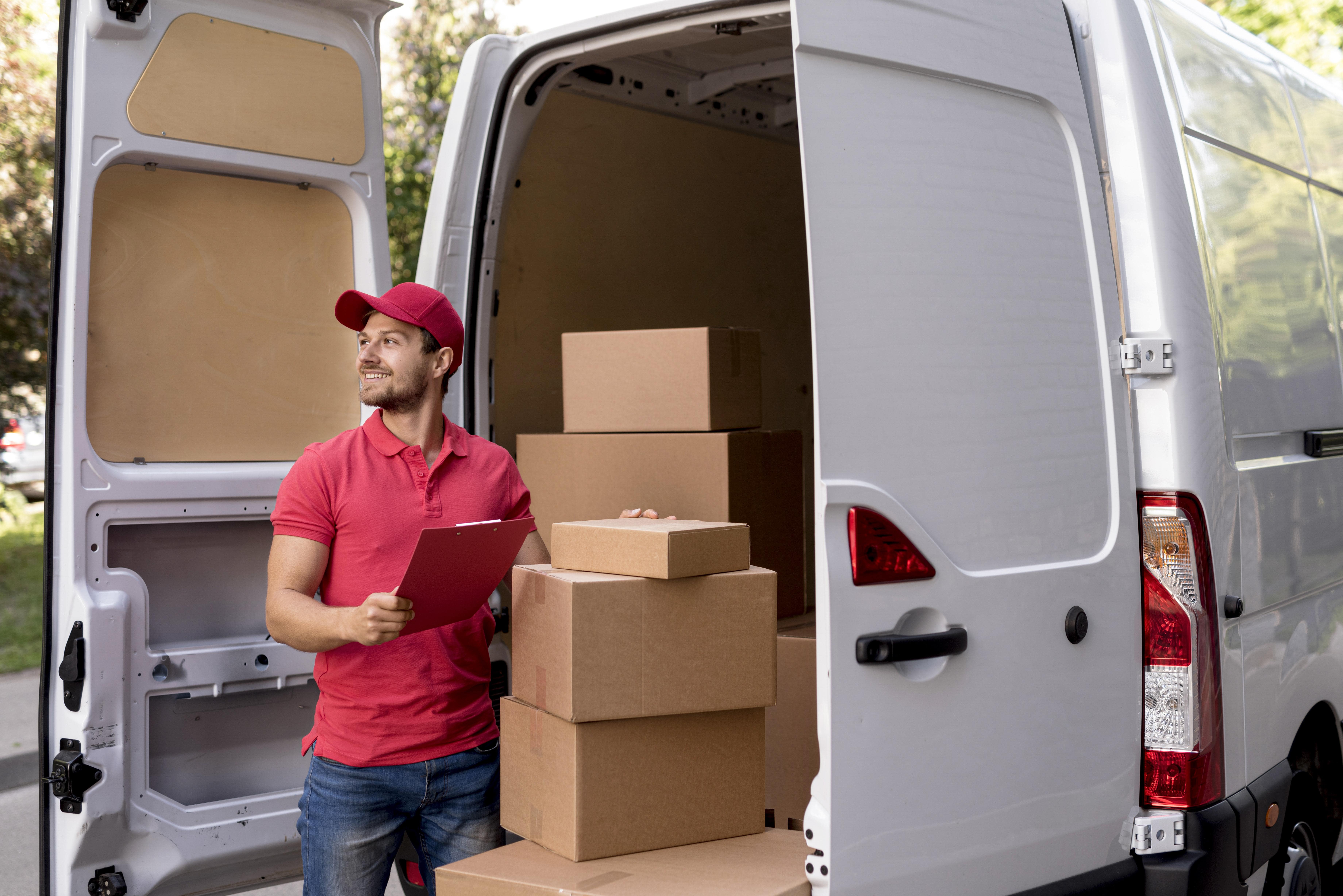
These blogpost series discusses the challenges and solutions that occur in the ‘last mile’, as experienced by organizations that are active in a dense distribution network. The primary focus is on the recipient experience (B2C and B2B), including factors such as customer experience, real-time insight and convenience.
For the sender, the focus is on efficiency and error-free service. The ultimate objective is to provide a number of solutions and recommendations for the challenges faced by senders and their consequences. We look into what ‘last mile delivery’ entails, why it is important to pay attention to it, and what the expectations of modern recipients are in this respect.
Some aspects are not within the scope of this series. Planning aspects in the ‘last mile’ such as address density, number of stops on a route, delivery volume, and loading volume, which may impact the realization of optimum routes, are not discussed. Other aspects that are out of scope of this blog serie and that may cause limitation in the ‘last mile’ are peak-volume and low-volume days and the shelf-life of perishable goods.
What is the definition of a last mile delivery?
Before going further into ‘last mile delivery’ let us define what we mean by this term. Last mile delivery is defined as the movement of goods from a distribution center to the final delivery destination, or the last part of the route of a shipment or product to arrive at the consumer (B2C) or business customer (B2B). The ‘last mile’ is the specific part of the distribution process where a lot of value can be added in terms of service and customer experience. However, it is also a phase in which a lot of things can go wrong.
The focus is to ensure that shipments are sent to the end-user without errors, undamaged, and as quickly as possible, within a strict timeframe and at a competitive price. Not only because it is extremely important to the recipient that the shipment is delivered correctly, but also because this phase is by far the most costly. It is also important that the shipment can be delivered at the first attempt, to save costs. The costs of the ‘last mile’ are estimated at between 50% and 75% of the total distribution costs.
Last mile delivert versus increase of purchase
Other expectations that are regarded as ‘normal’ are speed, service and reliable order processing. A superior ‘last mile’ experience is considered important by recipients, and it is one of the reasons for remaining with a supplier.
‘Last mile delivery’ and the related services are increasing in importance because of the growth in online purchases. Examples of this are retailers with online activities in electronics products or meal delivery who have gained a significant position in the Dutch market in a relatively short period.
The challenge of the last mile
The above requirements for the B2C market now also apply to the B2B market. After all, the owner of, for example, a restaurant is also a consumer, and expects the same customer experience for his business deliveries. New technologies for realizing process improvements and for responding to the growing customer demand are, therefore, necessary.
In 2021, senders face the challenge of having to optimize the ‘last mile’ processes, and thereby gain the trust of customers, without reducing the profit margin. In line with expectations, recipients will not lower their demands for a perfect service delivery at minimum costs. As a result, the related costs are for the account of the logistics service provider.
Stay tuned
Hopefully you now have some more insights on what the last mile delivery stands for and why it is so important for your organization. In the next blog post we will be talking about the current trends and developments within the last-mile delivery.
Related products
-

MobileNXT, for an efficient and effective mobile workforce
Read moreGive field service engineers, logistic assistants, couriers, drivers, and inspectors ‘an office in their pocket’.
